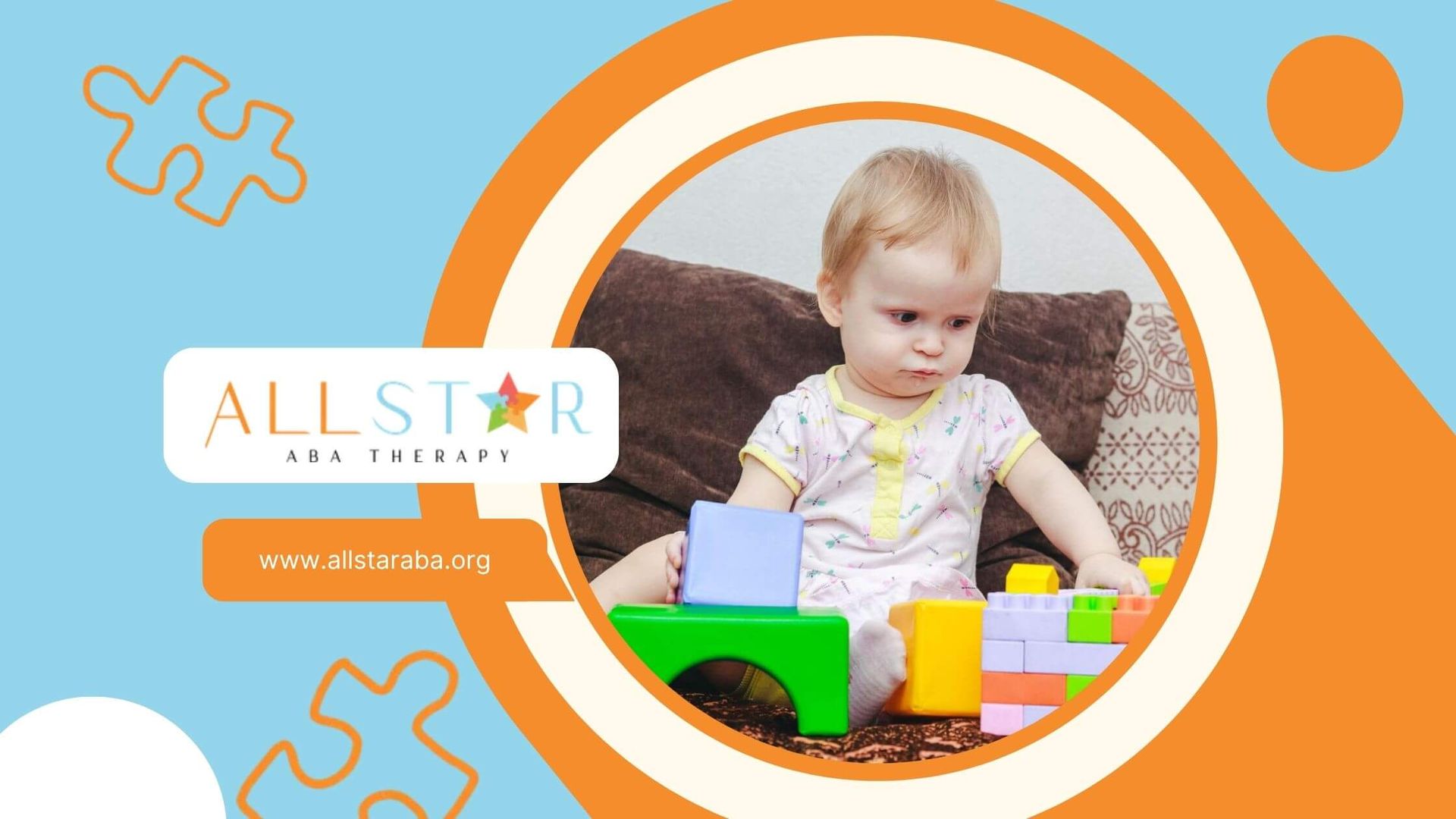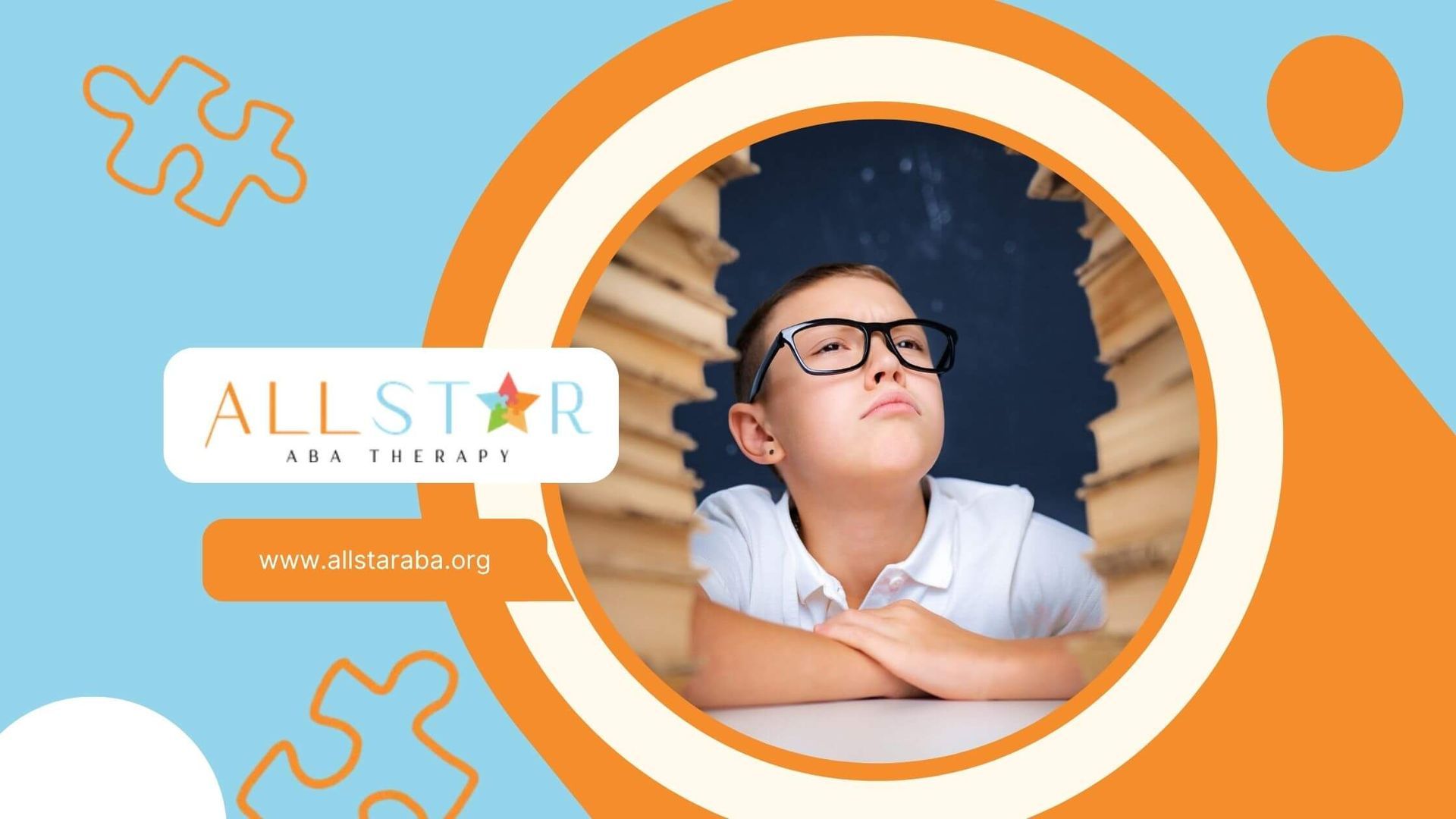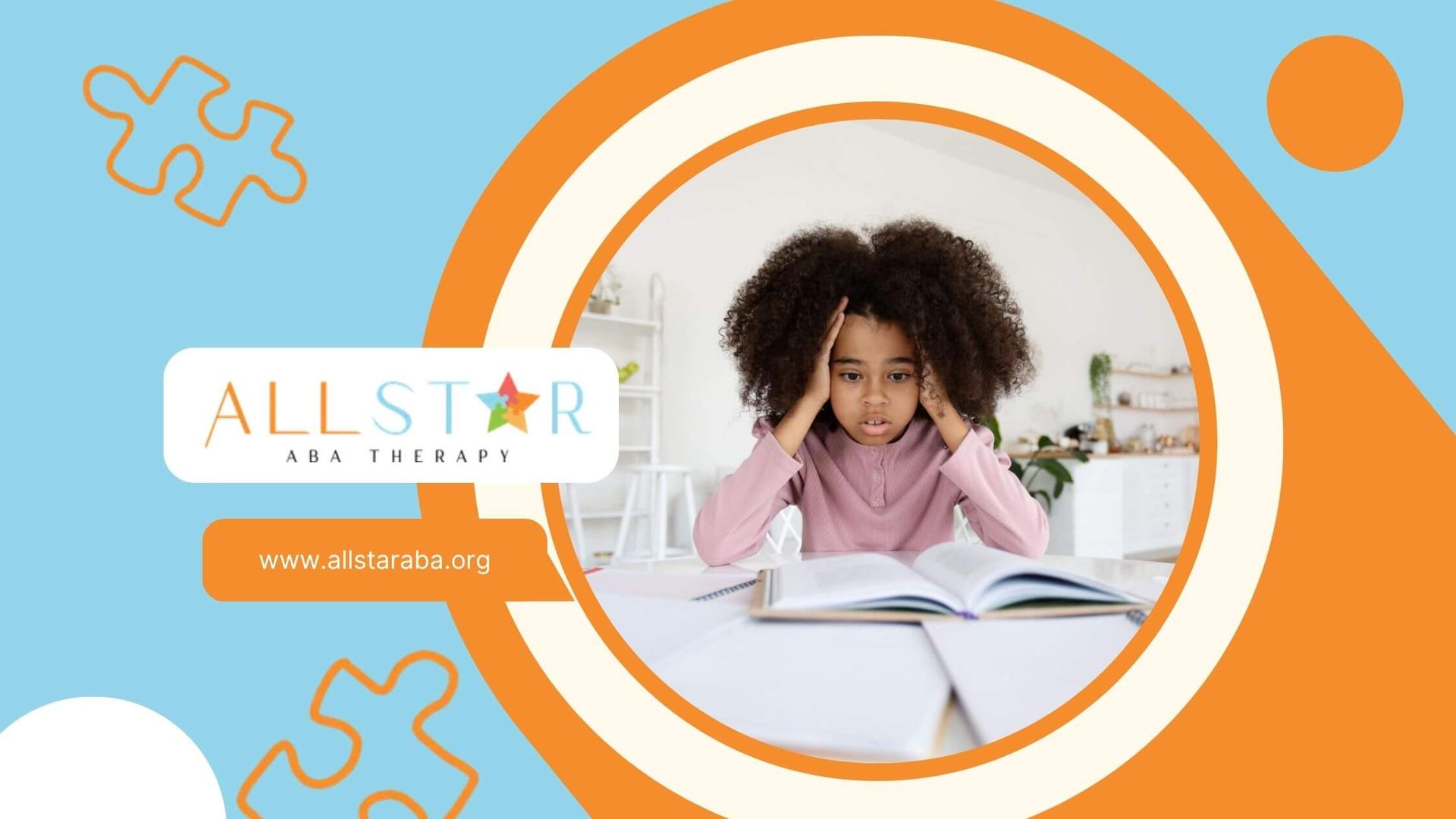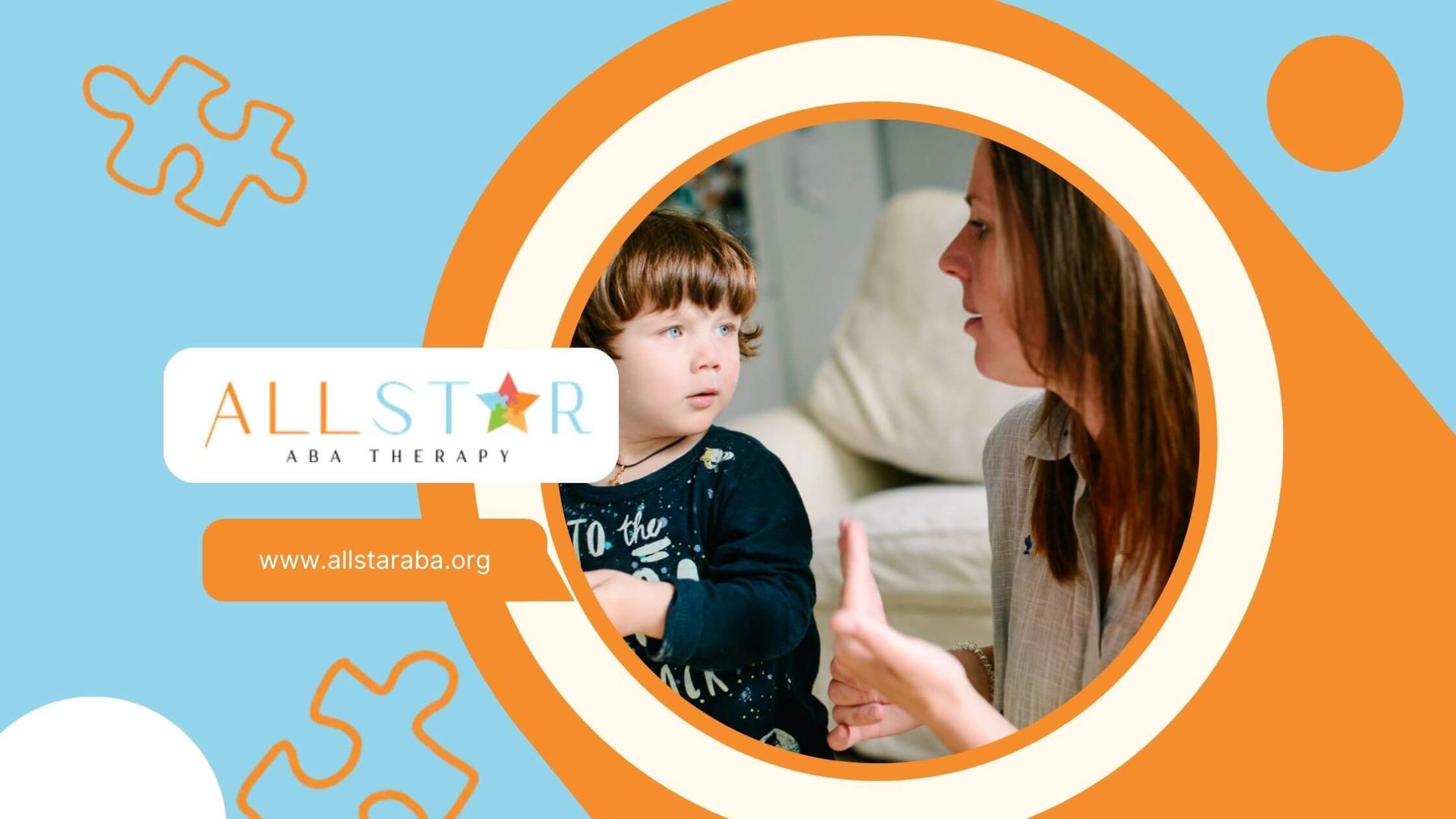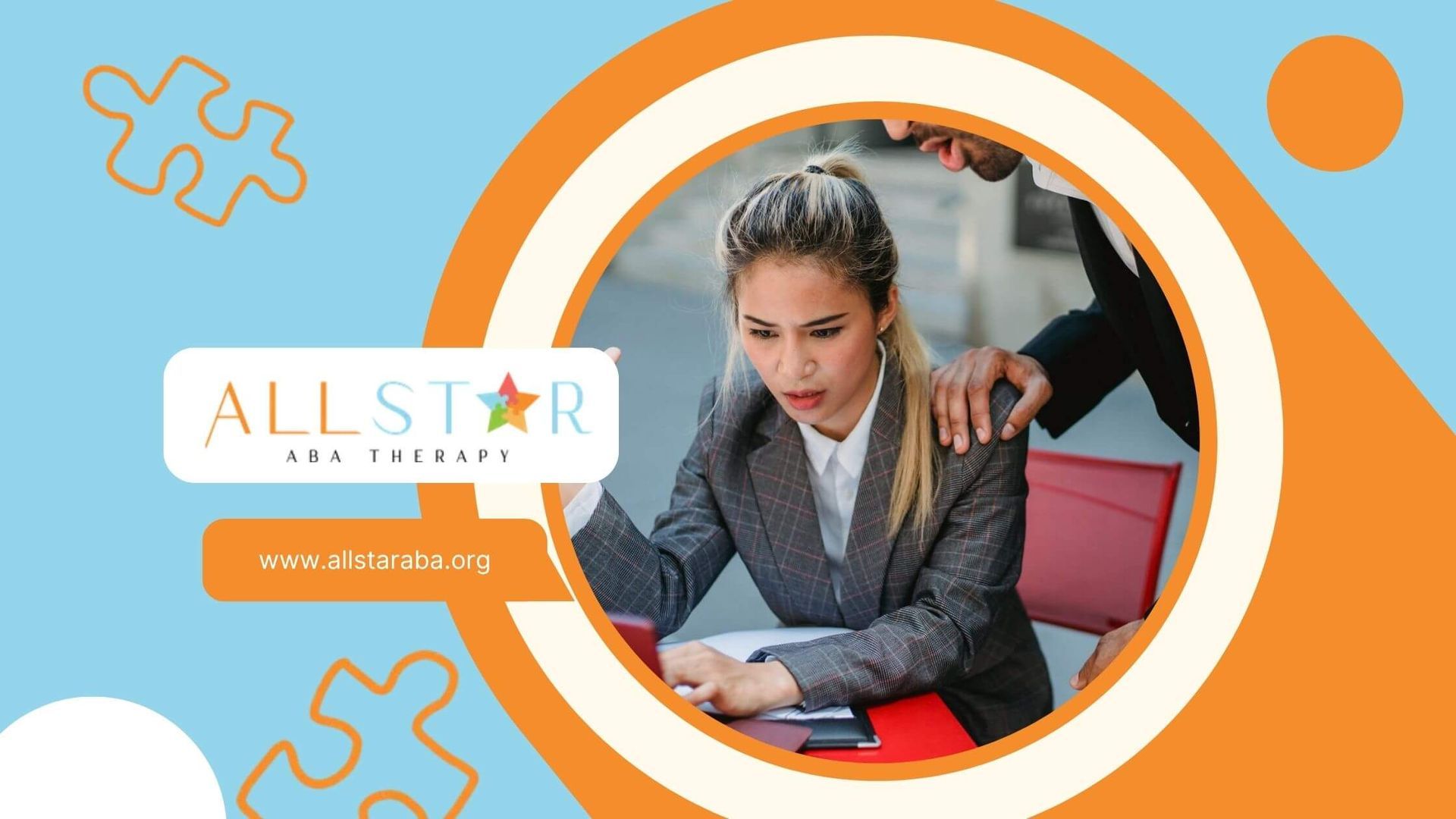New Paragraph
What Relaxes Autistic Kids: 7 Calming Strategies That Actually Work
Every child needs ways to unwind — but for children with autism, relaxation often looks a little different. Things like loud noises, bright lights, or unexpected changes can easily lead to sensory overload.
So, what actually helps autistic kids relax? Below are seven practical, research-backed, and parent-approved strategies that make a real difference.
1. Create a Calm “Safe Space” at Home
One of the best ways to help your child relax is by setting up a quiet sensory-friendly space just for them.
This could be:
- A cozy tent with dim lights or fairy lights
- Soft blankets, bean bags, or a weighted lap pad
- Noise-canceling headphones to block background noise
When things get overwhelming, your child can retreat here to decompress and feel secure.
2. Use Deep Pressure for Comfort
Many autistic kids find deep pressure calming — it helps regulate their sensory system. Try:
- A weighted blanket during rest time
- A firm but gentle bear hug (only if your child enjoys touch)
- Compression clothing that provides a steady, snug feeling
Deep pressure works by helping the body release calming hormones like serotonin, which naturally reduce stress.
3. Offer Soothing Sensory Input
When kids feel anxious, the right kind of sensory stimulation can be very relaxing. Some favorites include:
- Fidget toys or stress balls
- Sensory bins filled with rice, beans, or kinetic sand
- Gentle rocking chairs or swings
These activities give kids a sense of control and help their brains focus on pleasant, repetitive sensations instead of stress triggers.
4. Try Gentle Music or Nature Sounds
Sound is powerful — and for many autistic kids, soft, predictable audio can lower anxiety fast. Try:
- Calming playlists or lullabies
- White noise machines
- Nature sounds like ocean waves or rainfall
Avoid sudden, high-pitched, or fast-paced music, which can increase stress instead of reducing it.
5. Stick to a Predictable Routine
Consistency is comforting. Having a clear daily routine helps reduce anxiety because your child knows what’s coming next.
Use visual schedules or picture cards to outline daily activities like mealtime, playtime, and bedtime. When changes happen, prepare your child in advance so transitions feel smoother.
6. Movement and Deep Breathing
Movement helps release pent-up energy and tension. Activities that can relax autistic kids include:
- Swinging or bouncing on a therapy ball
- Jumping on a trampoline
- Gentle yoga poses or stretches
- Simple breathing games (“smell the flower, blow out the candle”)
These exercises help regulate breathing, calm the body, and improve focus.
7. Teach Relaxation Through ABA Therapy
At All Star ABA, we use Applied Behavior Analysis (ABA) to help children develop real-world coping and relaxation skills.
Through positive reinforcement, visual supports, and step-by-step teaching, we help kids manage big emotions and feel more confident in their daily routines.
We provide personalized ABA therapy in Maryland and Virginia with flexible programs, including:
- In-home ABA therapy – therapy right in your family’s comfort zone
- Center-based ABA therapy – structured sessions in a supportive environment
- School-based ABA therapy – collaboration with teachers to promote learning
- ABA parent training – helping parents support calm and growth at home
Ready to help your child feel calmer, happier, and more in control? Contact us today to schedule your free ABA consultation.
FAQs
What calms an autistic child during a meltdown?
Reduce noise, dim the lights, and give them space. Offer sensory tools like a weighted blanket or fidget toy, and use a calm, reassuring voice.
What sensory activities are best for relaxation?
Activities that involve soft textures, gentle movement, or repetitive play — like swinging, squeezing putty, or water play — often help children unwind.
Can ABA therapy help autistic kids relax?
Yes! ABA therapy teaches emotional regulation, communication, and coping skills that reduce stress and anxiety over time.
Sources:
- https://pmc.ncbi.nlm.nih.gov/articles/PMC5612681/
- https://autism.org/meltdowns-calming-techniques-in-autism/
- https://www.waterford.org/blog/activities-for-children-with-autism/
- https://www.sciencedirect.com/science/article/pii/S0197455623001223
- https://www.nature.com/articles/s41598-025-05393-3
Need Support?
We're Here to Help!
Our experienced team is ready to assist you. Reach out today to discuss how we can support your child's development and well-being.
Get started with expert ABA therapy today.



